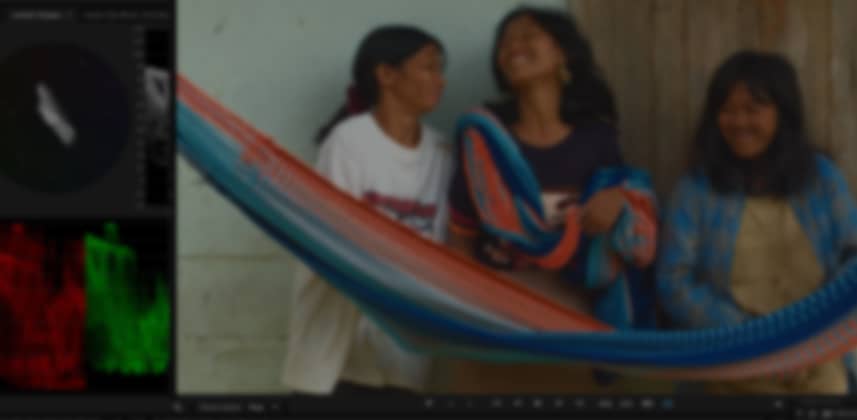| Series |
|---|
Setting Contrast
In the last few months, events at home have my family paying particularly close attention to our nutrition and the quality of the foods we eat. As part of that ‘re-thinking’, we decided this week to add one glass of juice to our diet, every day. We’re not talking about a grocery store, juice-in-a-carton type of juice. We’re talking… go down to our local organic farmer (we have one living a mile away) and juicing up vegetables like Kale, Lemon, Ginger Root, Daikon Radish, Cucumber, Chard, Watercress… you get the idea.
But how do I know what combinations of Vegetables to blend with one another?
Should I just randomly slam these foods together in the juicer, or is there a method to the madness? For a few days, we Googled around, picked up a juicing book and came up with a plan of attack. But I noticed a funny thing as I did my research… in the nutritional space, it’s popular to use the marketing term Protocol as in ‘The 5 Day Juicing Protocol’ or ‘The Bone-Broth Protocol’.
It got me to thinking that my search of how to mix and match veggies for juicing isn’t much different from an editor’s search in how to mix and match color correction filters in Premiere Pro CC.
Next, I asked, if The 5-Day Juicing Protocol works as a title could The Premiere Pro CC Color Correction Protocol also work? So a quick Google search on the word protocol came up with this:

I personally like definition #3 for our purposes:
The Premiere Pro Color Correction Protocol is a formal record of scientific experimental observations
The beautiful thing about color correction is that the scientific experimental observations never end. Every project, every director, every DP and every editor have their own unique ways of capturing and ordering images, resulting in a unique ‘fingerprint’ for every project that walks in our door. But color correction has a method to its madness.
This Protocol is based on over two decades of experimental observations of how to ‘attack’ images when color correcting.
It offers solid, repeatable guidelines that are based in science (including how the human brain perceives images) but they also allow for a wide number of observational permutations. In other words, you’ll learn the basic rules of how to attack an image using specific color filters in Premiere Pro CC. You’ll learn a recommended ordering of filters and a workflow that helps you decide, ‘which move should I make first?’
You’ll also start to learn when to move from the ‘science’ of color correction to the ‘observations’ of color correction. I’m a big believer that we never become a slave to our instruments. They inform us. They guide us. But in the end, you’ll need to LOOK and observe and decide if the science is giving us the impact we want?
In this Insight, I’ll lay down guidelines for you to follow, with a few common variations
These variations are important, as I’m learning with juicing… some combinations of vegetables will have a different effect on the human body (based on the nutrients delivered) than another combination of vegetables. So it is with color correction… some combinations of filters are more effective depending on ‘what ails the image?’
In Part 2 we’ll take the Protocol further, looking at how ‘filter stacking’ is an essential key for quick, efficient color correcting in Premiere Pro CC.
Enjoy!
-pi
Member Content
Sorry... the rest of this content is for members only. You'll need to login or Join Now to continue (we hope you do!).
Need more information about our memberships? Click to learn more.
Membership optionsMember Login


